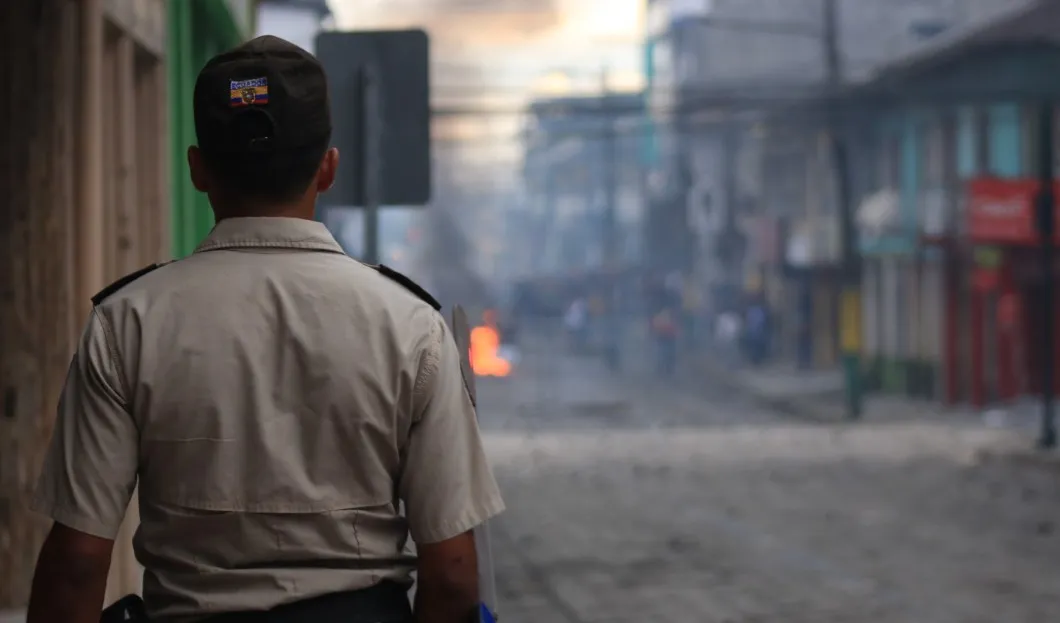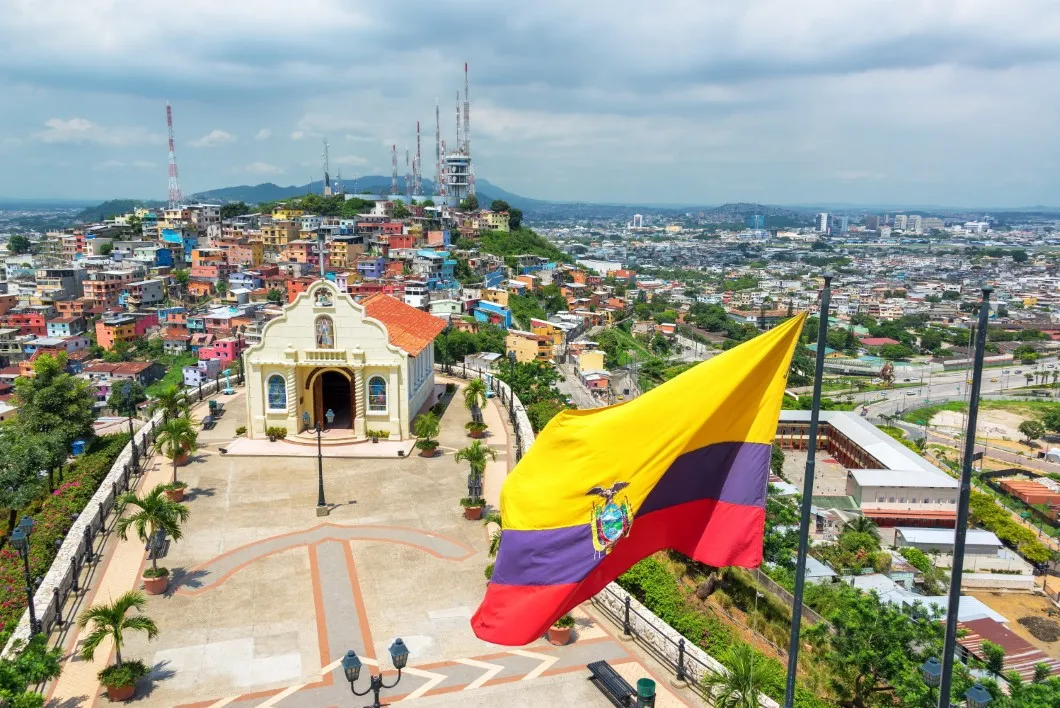
Ecuador's tourism industry has been heavily affected by the national protests carried out since October 3, with not only short-term losses, but projected negative consequences over the next six months.
These are the estimated of Raúl García, vice president of the National Federation of Tourism Provincial Chambers (FENACAPTUR), who says that the industry has been hit in different ways due to the strike.
According to García, tourists are immobilized in several provinces of the country due to the closure of roads. He explains that visitors have had to experience several difficulties, such as missed flights and tours, which has forced them to extend their stays and book new tickets or change their flights. “In three days of protests, we must be rounding up to 100 million US dollars in losses,” said García.
However, the vice president of FENACAPTUR says that “the real problem is not the present one, but six months later, when international wholesalers see us as a disorganized country, as a very troubled destination, and they will no longer want to work with us. It will take months to recover the image of Ecuador as a tourist destination,” he pointed out.
García explains that there have been calls from international tour operators to cancel packages to Ecuador. For example, 150 Spanish passengers set to arrive in Ecuador in February opted to change their destination; from England, tourists are already concerned about having their money returned; and American tourists worry about their safety.
“There will be a holiday but no tourism,” said García when asked about the holiday period on October 9.
He explains that a national three-night holiday means a 50 to 60 million dollar investment, which represents a boost for the local economy. “The real revenue comes from abroad, with revenue that enters Ecuador’s tourism and rounds up to 1.5 billion dollars, since each visitor spends between 1,000 and 1,200 dollars per stay, approximately. That is the amount we no longer generate due to the latest events,” he said.
The vice president of FENACAPTUR said that the National Government will need to invest in the country’s image after these days of strikes. “There has not been an investment in tourism promotion for over 4 years, with the last promotion being the ‘All You Need is Ecuador’ commercial shown in the 2015 Super Bowl. From there, [promotion] has stopped,” he said.
In addition, he highlighted the State’s lack of attention towards this industry.
“Tourism is the third industry when it comes to revenues. It generates jobs and we are increasingly fighting to become more sustainable, but the State does not take us into account,” explained García.
Twelve years ago, Colombia welcomed fewer tourists than Ecuador. It now receives 4.5 million tourists, about the same as Peru with 4 million visitors, while Chile reports more than 6 million arrivals a year. Meanwhile, Ecuador’s tourism industry continues to struggle between one and one and a half million visitors. The figures remain unclear, and the economic contributions of this activity have not been fully released.

The impact of the strike is felt in the capital as well. The city loses USD 5 million every day since Oct. 3 when the protests started. Local tourism is hit by canceled hotel reservations and air connections to the Amazon and Galapagos.
“We hope that calm will come and that agreements will be reached in this situation, but the big problem is the image, which is difficult to recover,” said García.
For every hundred satisfied tourists, Ecuador receives two more arrivals; whereas two unhappy visitors represent one hundred less for the country, he concluded.











I hope this will be only a blip. We send 500 people to Ecuador each year and during the strike (low season for us), though we had a few clients expressing concerns, we received many bookings for 2020, as usual.